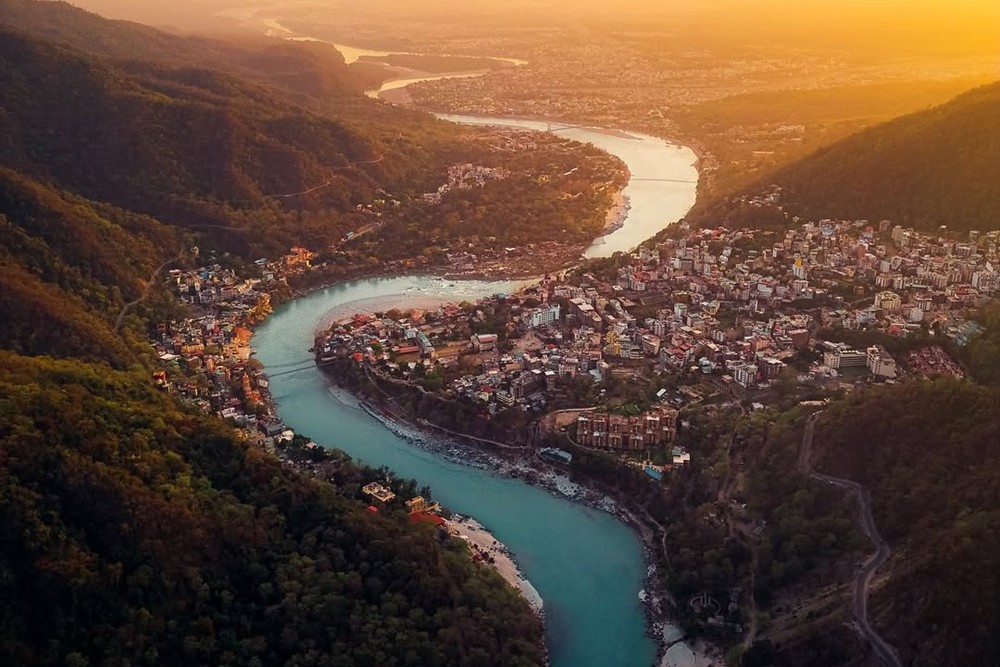Top 10 Hidden & Best Places to See in Rishikesh and Haridwar
Come in Uttarakhand’s Rishikesh, in low budget roam in these best places to see in Rishikesh; which will make do you excited.
Rishikesh keeps yoga spirituality and tourism for whole world in own identity. Here’s peace giving Ganga ghats besides ancient temples, monasteries historical heritage, mysterious caves.
Winter vacations are about to begin, in such a situation if you are making up your mind to travel then come to Rishikesh. Away from the noise of big cities, in Rishikesh there are many such sightseeing places, which can make your holidays memorable. At most places you can enjoy roaming without paying any fee. All in all, if you have three to four days’ time then in low budget your better trip of Rishikesh can be made.
List of Top 10 Hidden & Best Places to See in Rishikesh
Triveni Ghat: Heart of Rishikesh
Triveni Ghat of Rishikesh is called the heart of the pilgrimage city. Situated on the bank of Ganga, Triveni Ghat is the biggest ghat of the pilgrimage city. At Triveni Ghat, the confluence of Ganga, Yamuna, and Saraswati is considered.
Her, Rishi Kund situated near Triveni Ghat, the stream of Yamuna reaches Ganga, while the stream of Saraswati merges into Ganga. Here taking bath in Ganga is considered of special importance.
Spiritually significant place Triveni Ghat, at every day in the evening, happening musical Ganga Aarti is center of attraction. To see Ganga Aarti, here large numbers of devotees assemble.
At Triveni Ghat, statue of the matted hair of Lord Shiva is display of Ganga’s descent.
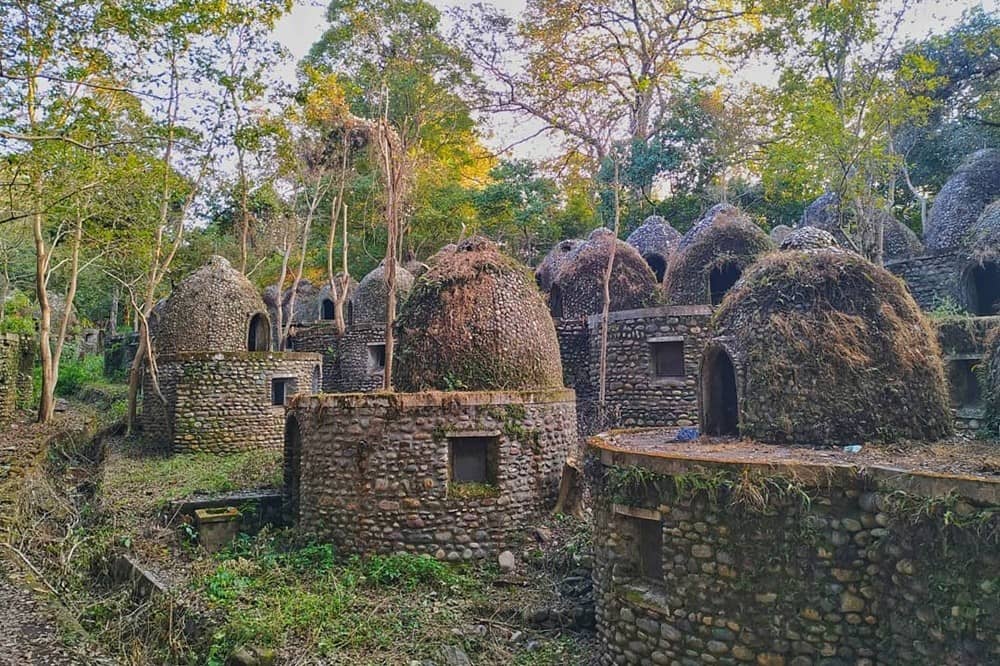
Chaurasi Kutia
Chaurasi Kutia, also known as Beatles Ashram and Shankaracharya Nagar, is an exceptional example of architecture located on the left bank of the Ganga near Swargashram, within Rajaji Tiger Reserve. It was founded by Maharishi Mahesh Yogi, creator of Transcendental Meditation, and became world-famous when four Beatles members visited in 1968, composing memorable songs here.
The ashram originally featured 84 dome-shaped meditation huts, still present today, intended for yoga and meditation practice. While most buildings are now in poor condition due to years of closure, the site remains architecturally remarkable. The complex also houses a temple, library, kitchen, Maharishi’s house, and kutiyas adorned with colorful murals.
Chaurasi Kutia is also suitable for nature trails and bird watching. Entry fees are ₹1200 for foreign tourists, ₹150 for Indian tourists, ₹75 for senior citizens, and ₹40 for students
Sky-touching temples at Swargashram
In Rishikesh, the left side of Ganga region is famous by the name Swargashram-Lakshman Jhula. This area full of monastery, temple, ashram, many small-big hotels and restaurants. Here famous Parmarth Niketan, Geeta Bhavan, Vanprastha Ashram, Geeta Ashram besides multistory 13 floors, 14 floors and multistory Bhootnath temple located.
13 floors temple Triyambakeshwar temple
On Ganga river bank situated this temple is very a attractive of 13 floors and beautiful architecture example. From here about two km distance Bhootnath temple is located. Belief is that Lord Shiva’s wedding procession happened here. Here temple’s courtyard in one Shivling , and all around bells hung. Special thing is that each bell from different sound.
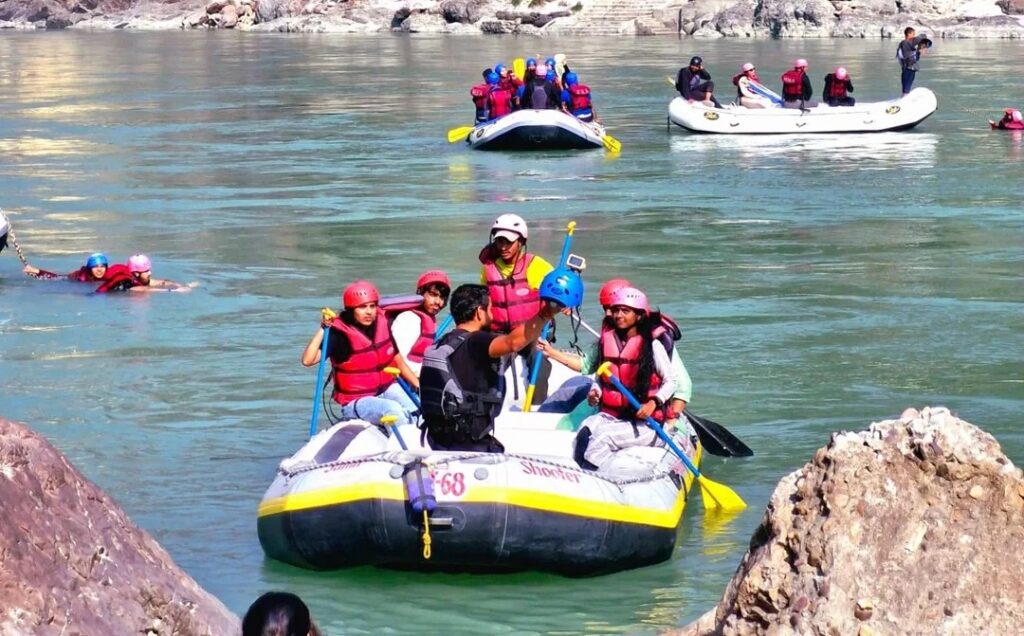
River Rafting and Camping are special
In the pilgrimage city Rishikesh, the area from Kaudiyala to Muni Ki Reti on the Ganga is an eco-tourism zone. Here, along with river rafting and camping, many adventurous activities are conducted.
A trip to Rishikesh is incomplete without enjoying rafting on the Ganga. If you are adventurous and fond of thrill, the waves of the Ganga challenge your courage here. Certainly, your thrill will be heightened by the rafting activity.
During rafting here, there is also a chance to try activities like swimming wearing a life jacket in calm water (body surfing), cliff jumping, and rock climbing.
Apart from this, in the Shivpuri, Guler, Vyasi, and Henval valley areas, along with beach camping, you can enjoy mountain climbing, forest walks, and jungle trekking activities.
For river rafting in the Ganga, you have to pay from ₹600 to ₹1500 depending on the distance, while for camping, it costs ₹1500 to ₹2500 per person.
Kunjapuri Temple for Himalayan views
On the Rishikesh-Gangotri route, about 32 km from Rishikesh, at an altitude of 1645 meters above sea level, is the Kunjapuri Temple. From this temple, you can see the Himalayan peaks to the north and the panoramic views of Rishikesh, Haridwar, and the Doon valley to the south.
The jungle route from Tapovan in Rishikesh to Kunjapuri Temple offers a wonderful trek, making it a great option for trekking enthusiasts. Being a major religious site, a large number of devotees visit throughout the year, especially during Navratras.
This place is also special for nature lovers as it offers spectacular views of the sunrise and sunset. Many tourists from India and abroad come here for these views.
Ancient Temples in Rishikesh
Rishikesh’s identity is also tied to its ancient temples. Several ancient temples of Lord Shiva, such as Veerbhadra Mahadev, Chandreshwar Mahadev, and Someshwar Mahadev temples, are located here, each with mythological and religious significance. Ancient religious texts mention the importance of these temples.
Additionally, the mythological temple of Hrishikesh Narayan, worshiped as the village deity of Rishikesh, is also located here. In Shri Bharat Temple, an ancient idol of Lord Vishnu carved from a black Shaligram stone is enshrined. This temple was damaged by foreign invaders at one point, but in the 12th century, Adi Guru Shankaracharya renovated it. The temple’s spire also features a Shri Yantra.
Other notable temples in Rishikesh include:
- Bharat Temple (12th century, with the Shri Yantra and ancient Vishnu idol)
- Veerbhadra Mahadev Temple, dedicated to Lord Shiva’s fierce form Veerbhadra
- Chandreshwar Mahadev Temple
- Someshwar Mahadev Temple, with ancient mention in Skanda Purana and significant spiritual importance
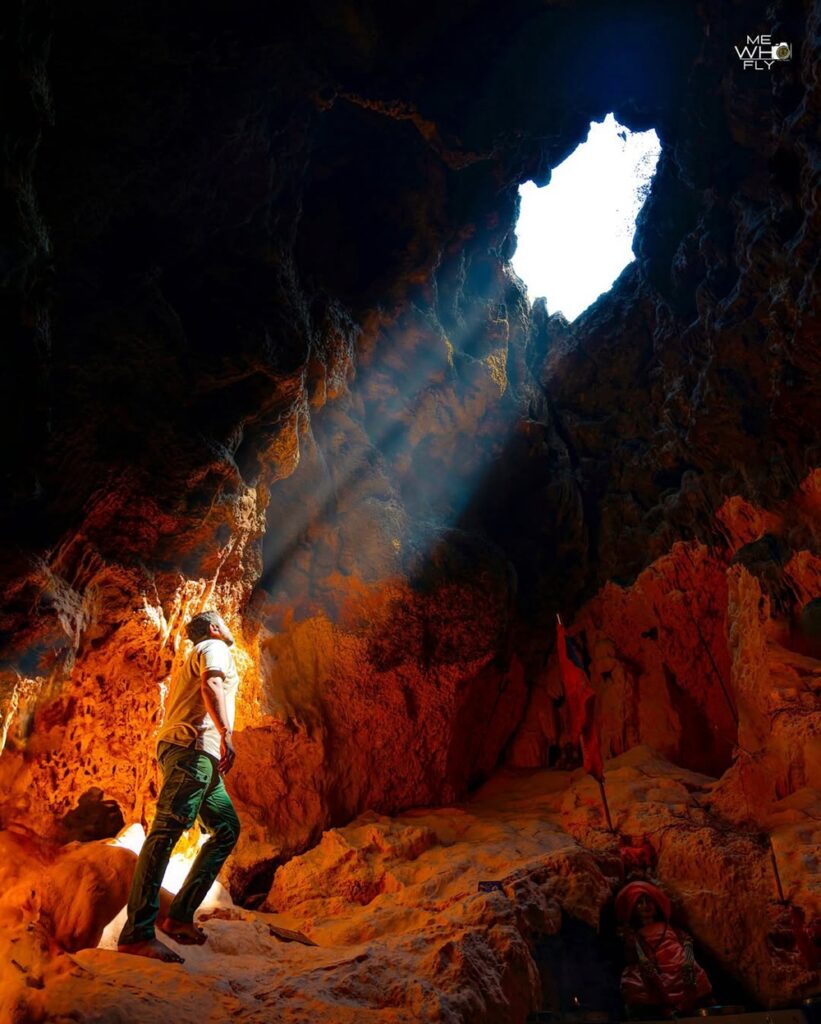
Spend time in mysterious caves
In the area around Rishikesh, there are some mysterious caves as well, which give tourists a new experience. On the Rishikesh-Badrinath route near Guler is located Vashistha Cave. Its distance from Rishikesh is about 22 kilometers.
It is believed that this cave is more than 3000 years old. Around this cave even today many saints and sages are found resting and meditating. It is also believed that this place was the residence of Sage Vashistha, the family guru of Lord Ram.
Inside the cave, one can also see a Shivling. It is said that the cave used to open further in the past but now due to geological changes, the cave is closed.
On the route connecting to Pavaki Devi, there is also a Loyal Cave which holds many mysteries. In this cave, many formations of stone formed naturally from calcium and carbon are found.
Figures of Lord Ganesh, Shiva, elephant, jellyfish, snake, and naga are made inside the cave. Similarly, there is a cave named Jhilmil Cave on the walking path of Neelkanth Temple.
In this cave, further along, there is a hollow part towards the sky, from where sunlight enters inside the cave. The special thing is that no fee has to be paid to visit these places.
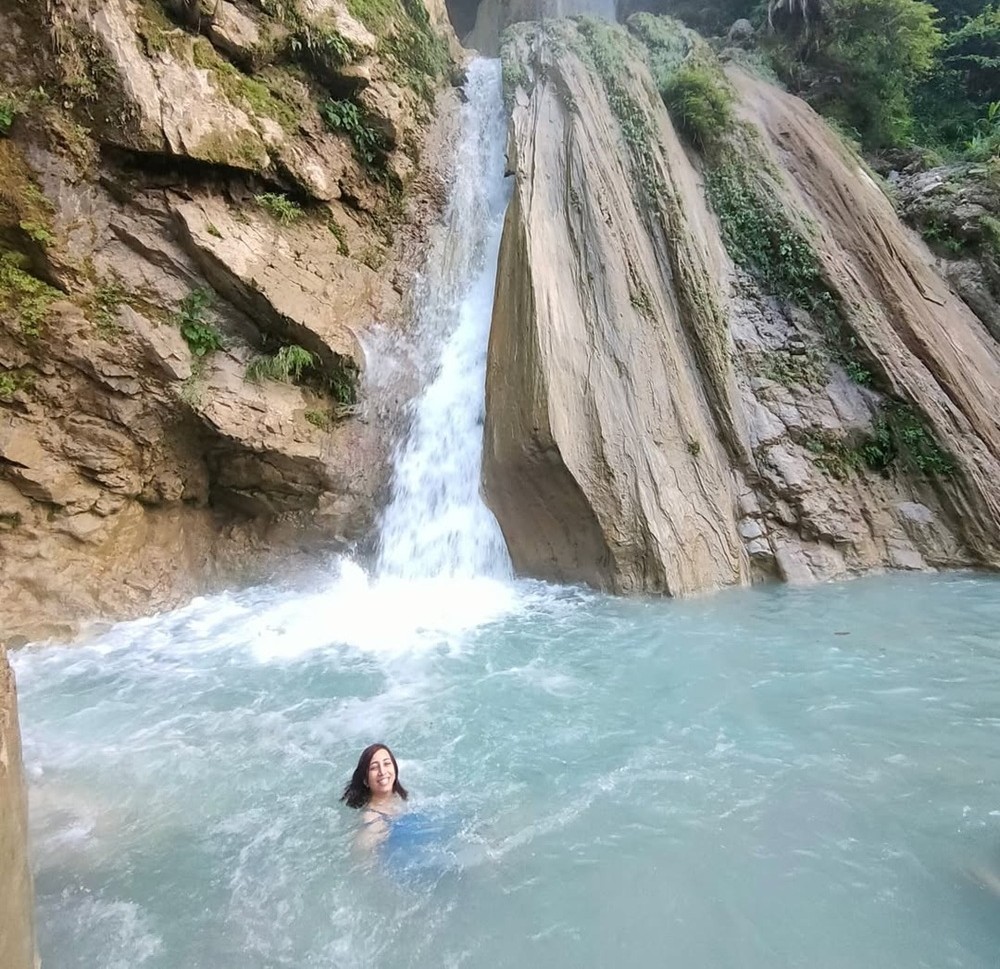
Neer Garh Waterfall
Located about five kilometers from Lakshman Jhula, Neer Garh Waterfall is a stunning place filled with natural beauty. This waterfall, situated amidst forests, captivates visitors with its beauty. The crystal-clear water here will win your heart.
Jhilmil Cave
Located on the Manikoot mountain, Jhilmil Cave is another beautiful offbeat destination near Rishikesh. Here you will find three caves together. This place is about 21 km from Lakshman Jhula and 4 km from Neelkanth Temple. After reaching Neelkanth Temple, you can reach this place by climbing through dense forests. This location is one of the sacred places of Rishikesh.
Garud Chatti Waterfall
Just 9 km from Rishikesh, Garud Chatti Waterfall is another beautiful offbeat destination here. Its beauty increases even more during the rainy season. Despite being small, this waterfall wins people’s hearts with its beauty. During the monsoon, water flows in seven different levels here. A few kilometers from this waterfall is the Phool Chatti Waterfall, where you can enjoy the sunrise by arriving early in the morning.
Marine Drive and Astha Path
Marine Drive in Mumbai is world-famous, but have you ever heard about Marine Drive in Rishikesh? If not, here is some information. Located 24 kilometers from Rishikesh, this place runs alongside the Ganga river. People often come here for jogging and walking.
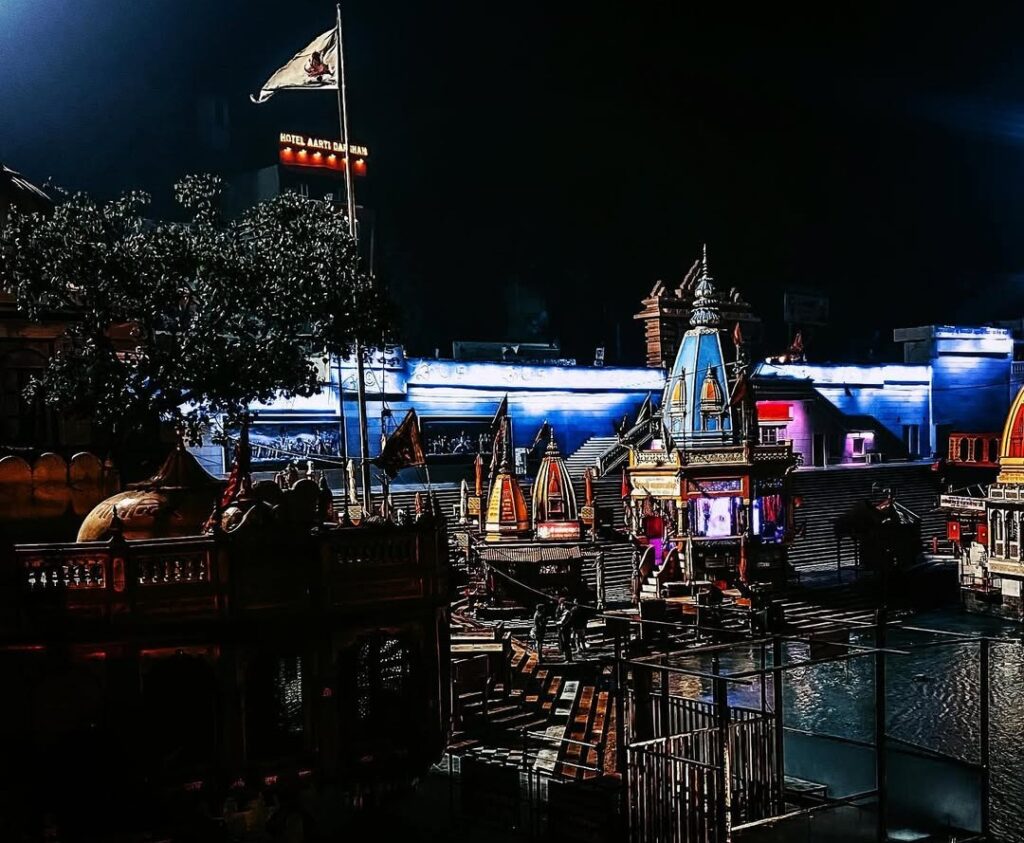
Haridwar
In Brahma Muhurat, Ganga bath, bells ringing in temples, Vedic chanting, saints-mahatmas and pilgrims increasing hustle-bustle on the ghats.. early morning this city wakes up in such a style.
From Bhupatwala to Laltaro Bridge and Kanakhal, the same scene is seen. It can be said that in this about six and a half km radius, Haridwar’s ancient culture is seen. Here, there are Sanskrit and other Vedic schools. Their teaching activities also start from dawn and in the evening, after the Ganga stuti, the city goes for night rest.
Similarly, the routine of ashrams, Akhadas, monasteries, temples, and Dharamshalas also remain in this manner. Local resident Siddharth Chaktropani says, ‘This city lives in its own rhythm. After becoming the SIDCUL industrial area, nightlife has begun a little here, but it has not affected its ancient cultural tradition much.’ Ganga, considered the life element of Indian culture, is ingrained in every vein of the residents here.
Haridwar is a religious city located on the banks of the Ganga River. It is one of the seven main religious sites for Hindus. When visiting Haridwar, one should definitely visit recognized places such as Har Ki Pauri, Mansa Devi, Maya Devi, Bharat Mata Temple, Triveni Ghat, Sapt Sarovar, and Shantikunj.
According to Ujjwal Pandit, a resident of Har Ki Pauri area, ‘Ganga is the life here. Before starting any work or in every matter, Ganga is involved. No work is possible without its blessings.
Haridwar is one of the selected religious places of India. The meaning of “Haridwar” is the door of Hari, i.e., God. It is also known as Mayapuri and Mokshadwar. There are five pilgrimage sites in Uttarakhand here, known as Panch Teerth.
These are Har Ki Pauri, Mansa Devi, Chandi Devi, Ghat, and Kanakhal. The Ganga Aarti held at Har Ki Pauri holds great significance for Hindus. Haridwar is the entry point for the journey to Char Dham—Badrinath, Kedarnath, Gangotri, and Yamunotri. According to ancient beliefs, this is one of the four places where a drop of nectar fell during the churning of the ocean.
The five sacred pilgrimage sites in Haridwar are:
- Har Ki Pauri (the most famous ghat where millions bathe in the holy Ganga water)
- Mansa Devi Temple (dedicated to Goddess Mansa Devi)
- Chandi Devi Temple
- Ghat
- Kanakhal
Datwali Haveli
World-famous ‘Har Ki Pauri’ is the heart of Haridwar. The remains of King Bhartrihari’s palace still exist today as Datwali Haveli. It is said that it was built about 2000 years ago. Over time, with the rise of Nepali kings’ dominance over Haridwar, it came under their possession. In the late 19th century, this haveli appeared more like ruins. After that, for the convenience of pilgrims visiting Haridwar, it was converted into Hotel ‘Osho’. Since then, it is known by the name Hotel Osho. Only the older people still recognize it by the name Datwali Haveli.
The pure experience of Ganga Aarti
The main attraction of Haridwar is the grand Ganga Aarti. People from all over the country and the world come to experience this supernatural feeling. Former President Pranab Mukherjee expressed his experience in the visitor book here like this: “Today I got the opportunity to see the supernatural Ganga Aarti at Har Ki Pauri, which I will always remember.
” Shri Ganga Sabha performs this grand Aarti twice daily – morning Mangala Aarti at sunrise and evening Shringar Aarti at sunset. After the praise of Ganga, the atmosphere resonates with the cheers of Mother Ganga. There is a rush of devotees to participate in this.
Haridwar Ganga Aarti timing
The Ganga Aarti timing at Har Ki Pauri is generally between 5:30 AM to 6:30 AM in the morning and 6:00 PM to 7:00 PM in the evening. The evening Aarti sees a larger crowd than the morning one. It is recommended to arrive at least 45 minutes before the morning Aarti and about 75 minutes before the evening Aarti to get a good spot.
There is no entry fee to attend the Ganga Aarti. The ceremony includes bringing the statue of Mother Ganga in a palanquin to the ghat, chanting Sanskrit mantras by priests, offering Panchamrit, and reciting the poetic hymn Gangalahari by Pandit Jagannath, followed by the Aarti for about 5 minutes. The atmosphere during the Aarti is very spiritually uplifting and visually mesmerizing.
best places to see in rishikesh best places to see in rishikesh best places to see in rishikesh best places to see in rishikesh best places to see in rishikesh best places to see in rishikesh best places to see in rishikesh best places to see in rishikesh best places to see in rishikesh best places to see in rishikeshbest places to see in rishikesh best places to see in rishikesh best places to see in rishikesh best places to see in rishikesh best places to see in rishikesh best places to see in rishikesh best places to see in rishikesh best places to see in rishikesh best places to see in rishikesh best places to see in rishikesh best places to see in rishikesh best places to see in rishikesh best places to see in rishikesh best places to see in rishikesh

